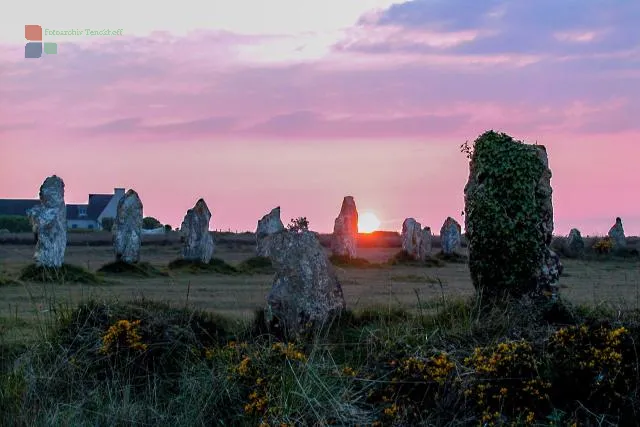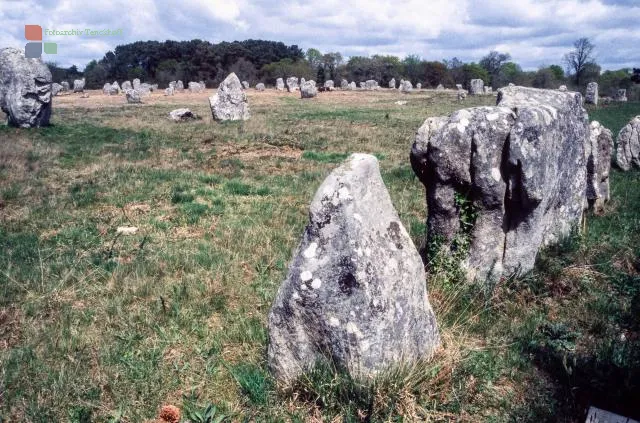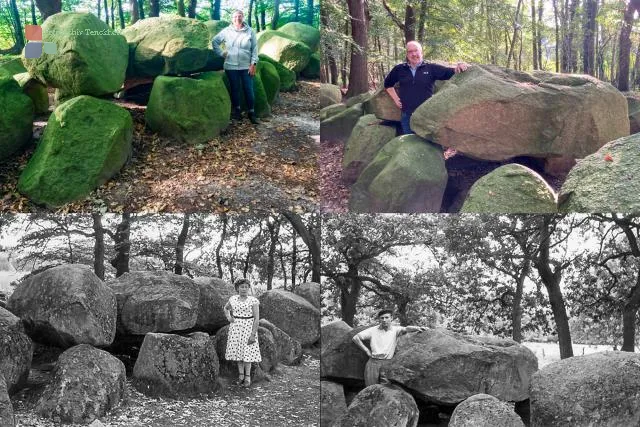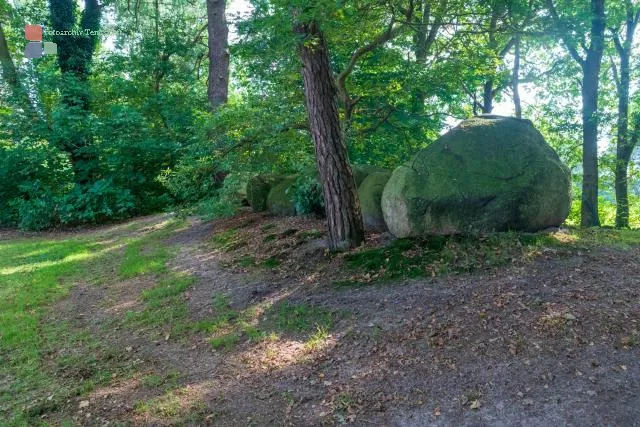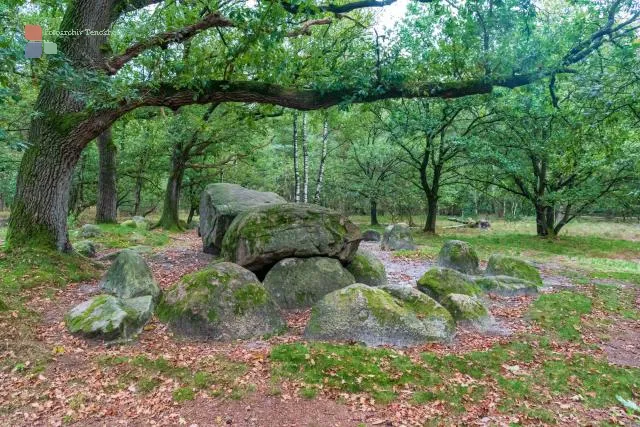Obituary for our friend Max
Our good friend Max died on March 20th, 2022 in his adopted country of Macedonia. We received the news completely surprisingly and unexpectedly. Max and I had been in contact almost weekly for the last 20 years and when I asked how he was doing via telegram, his granddaughter Maria answered me with the sad news of his death.
- Read more about Obituary for our friend Max
- Log in or register to post comments
- 855 views

